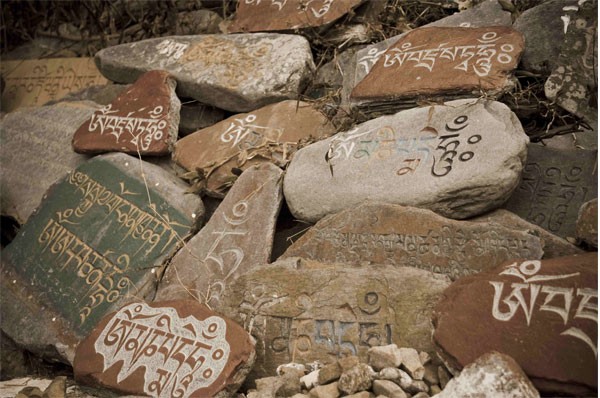The Tibetan language has been expanded with the addition of around 1,500 new words and phrases recently. The slew of new words includes the popular online phrase "lightning marriage."
Nearly 1,500 Chinese words and phrases were provided standardized Tibetan equivalents in 2014, according to the Tibetan Language Committee. As an example, "lightning marriage" was changed from "shan hun" in Chinese to "dobdob nyatri" in Tibetan.
According to Yezang, who is currently the head of the agency for the standardization of Tibetan terminology, some economic and political phrases were also translated, such as the phrases "new normal" and "the Silk Road economic belt." The translations were deemed necessary because after being translated, the terms can now be widely applied by organizations and schools in Tibet.
Yezang added that these new terms are now released in Tibet Daily as well as school magazines, so that ordinary citizens can have access to these new words and use them accordingly.
Aside from the 1,500 trendy phrases, Tibet has been slowly and gradually collecting new words and phrases since 2002 and then translating them. By the end of 2014, there were at least 69,000 translated terms released.
Last year, 10 seminars on translation and examination of the new terms were conducted. During these seminars, translation experts were tasked to work out new phrases by utilizing already available Tibetan vocabulary. The whole project was designed to standardize Tibetan language so that Tibet can be modernized and its culture promoted.
Meanwhile, efforts to digitize Tibetan language are also increasing. The Tibetan language has a historical record of more than 1,300 years and is still being widely used in the Tibet Autonomous Region.
With the advent of computers and the Internet, digitizing the Tibetan language is a tedious but necessary task. An information technology (IT) researcher at China Tibetology Research Center said that the work can be quite stressful.
"It takes four engineers to work very hard for at least three months to design one Tibetan typeface," Tashi Tsering said. "We have to make about 1,500 to 2,000 frequently used characters. In written Tibetan, there are many varieties of strokes that link different characters, which makes our job harder."



























